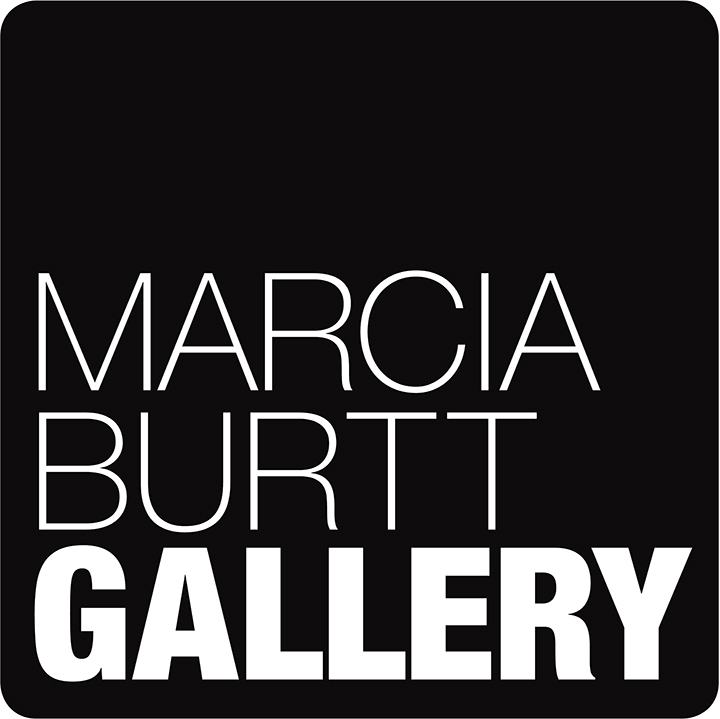Urban
Suburban
Cities and suburbs are constructed in graphite, paint and ink by our gallery artists. Exploring and elevating the often overlooked, the artists emphasize the surfaces and energy that shape our daily landscapes.
Susan Petty’s Passing Through is the epitome of an urban landscape. The clean-edged concrete of the freeway frames the buildings and arboreal canopy climbing up the hillside. A leftover space is formed by the freeway ramp and streets that drain and feed the system; Petty’s precise, crosshatched shading ennobles this transitory site.
Robert Abbott’s As Above, So Below, depicts a tightly cropped tennis court nestled below a hillside. Using matte paint, he further compresses the flat, green planes of the court and fence netting into an already shallow space. Shadow and light on the hillside transforms it into two undulating strips. And the distance that is depicted — a family of light poles on the ridge — is pulled forward by their brother lamp below and echoing poles of the court fence.
Contrasting with Abbott’s overlooked court, Marcia Burtt’s overlook in Dawn (From Harbor Island #4), emphasizes depth through dissolving details and colors. Deep purples, blues, and greens of the foreground fade into the distance. The buildings and hillside of the skyline form a light wash, backlit by the peach hues of dawn. By showing less, the painting expands the cityscape and invites you to enter the day that is about to begin.
Light and shadow compose the calm in Ian Roberts’ Cafe in Ojai. His thin layers of oil on paper manifest into the drape of a table cloth, lounging pillows, and an earth-tone interior. Blocks of shadow and light balance one another diagonally in this moment of quiet contemplation.
Anne Ward’s Blue Cafe is a dialog between light and shadow. A bright patch of sun attacks the building’s shadow from below, cutting into gaps in the shade. Electric oranges and turquoise emphasize the frames of the chairs and windows of the outdoor cafe as it waits for patrons.
While Michael Ferguson’s painting is about a particular moment, Patricia Doyle’s Silverlake 2 is a time-lapse of her neighborhood observations. Thin translucent washes compose the sky, greenery, and roofs; each layer conceals and reveals the others. Lines squiggle across the canvas, traces of earlier activity.
In Casa Blanca, Dana Hooper builds a cottage out of paint. Hooper applies the paint so thickly it has the texture of stucco. Messy and multi-colored, the brushwork expands this painting beyond its 6x8-inch size.
A peaceful, suburban day is depicted in Michael Ferguson’s Up Hill Wednesday. A plein air sketch in oil, his thin wispy, brushwork floats over layers of paint and rough gesso that are visible underneath. Ascending strokes on the road, trees, and poles guide the viewer to climb the hill on this everlasting Wednesday.
From top left: Leonardo Nuñez, Mission Dolores, Mission San Juan Capistrano, Mission San Gabriel, Mission Santa Barbara. each, 6x8 in.
The origins of our urban California can be found in Leonardo Nunez’s Las Missiones de Alta California Series of etchings. Using the historic processes of etching and mezzotint, Nunez chronicles the variety of design that distinguishes each mission. The influence of these historical buildings on our architecture is ubiquitous, even making an appearance in the background of Susan Petty’s drawing.
Susan Petty, Passing Through
graphite, 18x23 in., detail.


































